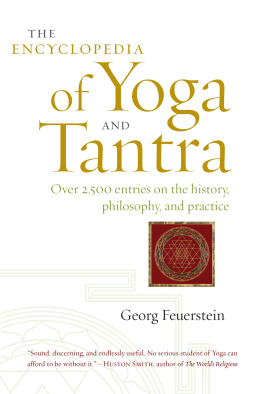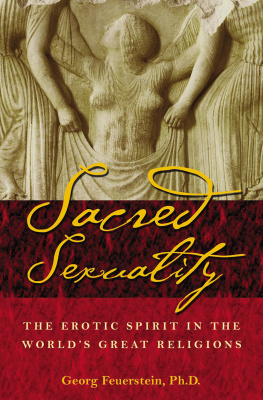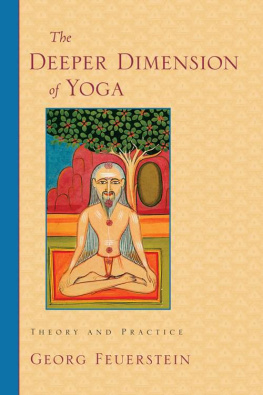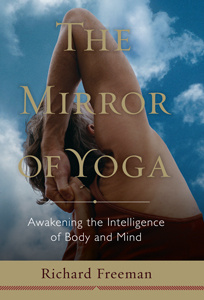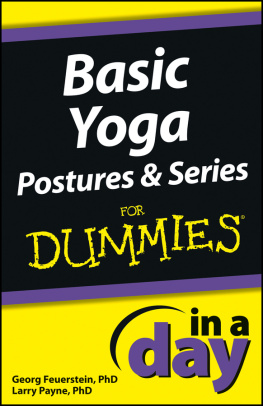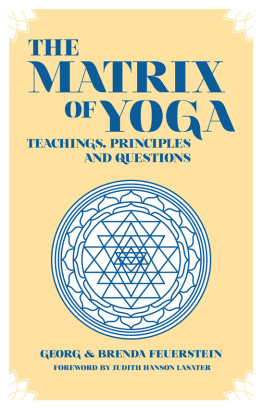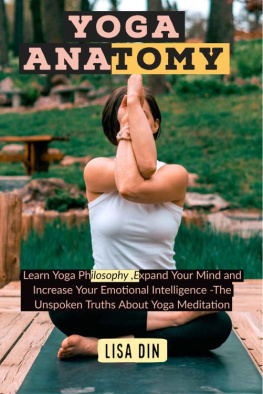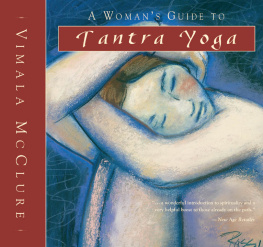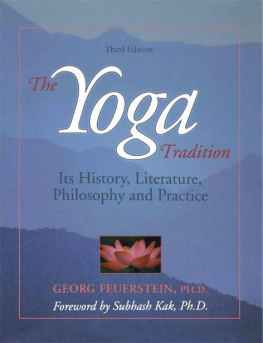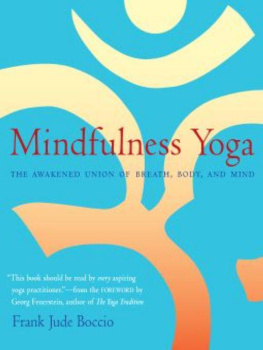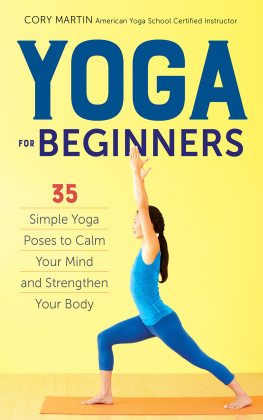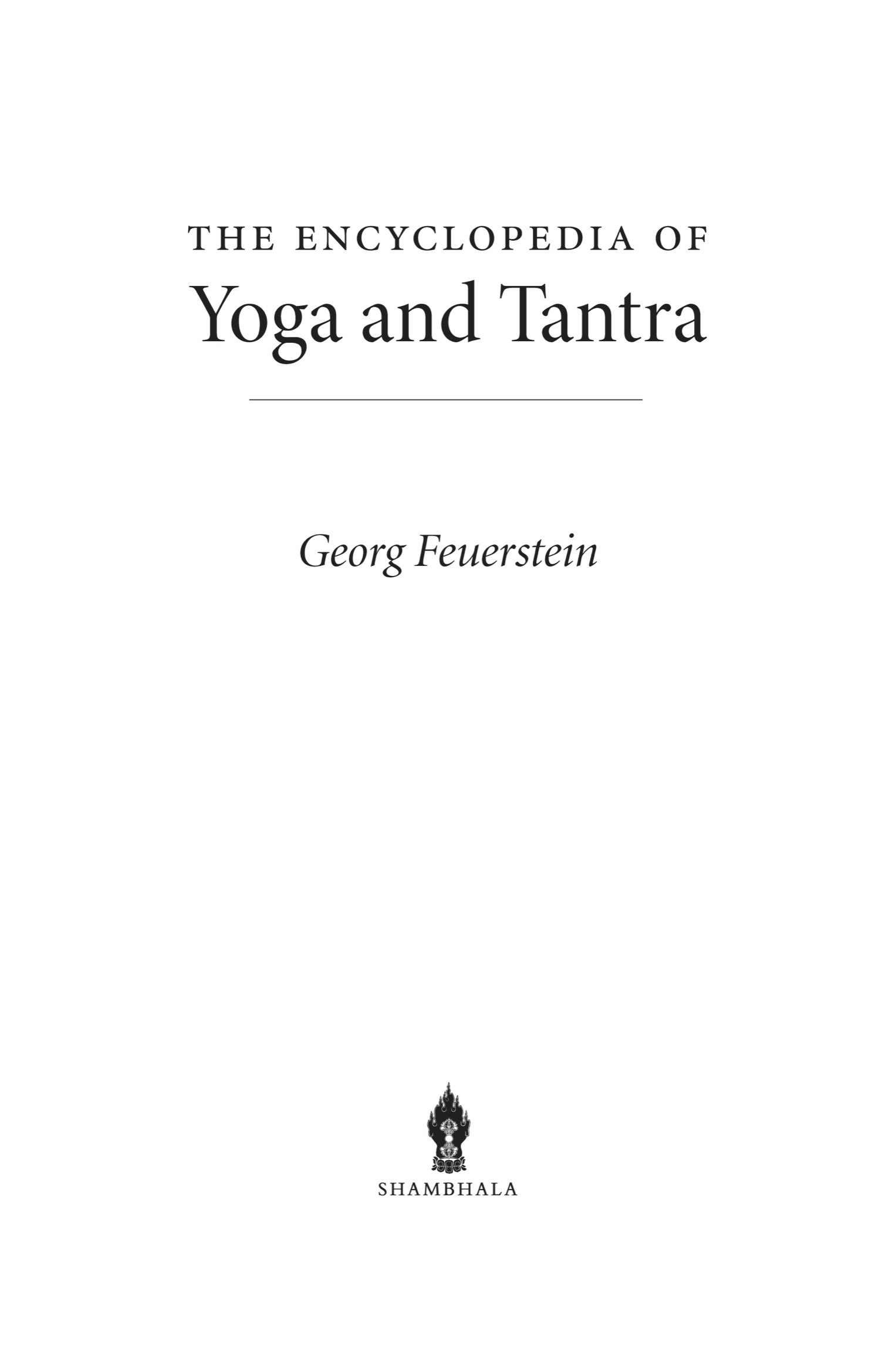S HAMBHALA P UBLICATIONS , I NC .
Cover design: Gopa & Ted2, Inc.
All rights reserved. No part of this book may be reproduced in any form or by any means, electronic or mechanical, including photocopying, recording, or by any information storage and retrieval system, without permission in writing from the publisher.
Shambhala Publications is distributed worldwide by Penguin Random House, Inc., and its subsidiaries.
Feuerstein, Georg.
The encyclopedia of yoga and tantra / Georg Feuerstein.Rev. and expanded ed.
p. cm.
Revised and expanded edition of The Shambhala Encyclopedia of Yoga, previously published in 1997.
Includes bibliographical references.
ISBN 978-1-59030-879-0 (hardcover : alk. paper) |
ISBN 978-1-61180-185-9 (paperback: alk. paper)
1. YogaDictionaries. I. Title.
Preface to the Revised Edition
A BOOK REVISION sometimes affords the author an opportunity to revision his work, which fortunately has been the case here. Apart from correcting flaws in the first edition of this encyclopedia and updating or expanding existing entries, I have added over five hundred new entries to make this reference work still more useful. My extensive coverage of material on Tantra, which is nowadays wildly popular but also wildly misunderstood, warranted a new book title: Encyclopedia of Yoga and Tantra.
Both my publisher and a number of readers have, moreover, wondered why I did not include justifiably famous Yoga masters such as B. K. S. Iyengar or Swami Satyananda in the first edition of this book. My reason for omitting them was that they were luckily still alive and that their inclusion would have opened the door for other, perhaps less bona fide personalities still among us. With this revised version, I have discarded my initial misgivings and included those who, whether dead or alive, have been influential historically or have significantly contributed either to Hindu Yoga/Tantra practice (such as Shri Anandamurti, Theos Bernard, Paul Brunton, T. K. V. Desikachar, B. K. S. Iyengar, Pattabhi Jois, Swami Satyananda, etc.) or to research on Hindu Yoga/Tantra (such as S. C. Banerjee, R. S. Bhattacharya, S. N. Dasgupta, Mircea Eliade, J. W. Hauer, Sir John Woodroffe, H. Zimmer, etc.). Within the specific compass of this revision, I have been able to include only a relatively small assortment of names. I make no apology for the fact that my selection is of necessity based on somewhat subjective criteria.
Another new feature is the inclusion of many numeric groupings, such as ashtdasha-siddha and panca-klesha, which is a prominent aspect of Hinduism.
I have spared no effort to make this the most useful and comprehensive reference work for the general reader. I owe thanks to Shambhala Publications, in particular Peter Turner, for generously offering me the opportunity to undertake this revision. I also wish to extend my thanks to Chloe Foster and James Rudnickas, who guided this book through the editorial process, and to my copyeditor Kenzie Grubitz, for ironing out inconsistencies. A heartfelt thank you also to Swami Bharati for his ready help with some difficult-to-procure illustrations. I trust that my efforts will be rewarded by an improved public understanding of Indias twin spiritual traditions of Yoga and Tantra.
Georg Feuerstein
2010
Preface to the First Edition
Y OGA IS AN IMMENSELY rich and highly complex spiritual tradition, with a history that is now thought to extend over at least five millennia. It comprises a great many approaches, schools, teachers, texts, practices, and technical vocabularies. In view of its sheer versatility and protracted history, Yoga must be counted as the worlds foremost tradition of psychospiritual transformation. Despite the numerous books available on Yoga, very few reflect that astounding richness. Over the years, I have endeavored to convey some of the splendor and subtleties of the diverse yogic paths in my various publications.
The present encyclopedia is another effort to give an authentic portrayal of the Yoga tradition and to unlock its wealth and perhaps some of its secrets for Western practitioners, historians of religion, and Indologists. There are several dictionaries of Yoga in existence, but these are either too obscure and not readily available or inadequate and unreliable. In the former category belongs the Yoga Koa, compiled by Swami Digambarji and Dr. Mahajot Sahai (Lonavla, Poona, India: Kaivalyadhama S. M. Y. M. Samiti, 1972). While this compilation contains many valuable and detailed references, its scope is limited, and its organization is such that only Sanskritists can access it and benefit from it. Another noteworthy publication is Dr. Ram Kumar Rais Encyclopedia of Yoga (Varanasi, India: Prachya Prakashan, 1975). Like the Yoga Koa, this compilation lists the entries in Sanskrit alphabetical order and is therefore relatively inaccessible to the lay reader. Also, the selection of concepts is rather uneven and the descriptions are occasionally digressive. Neither dictionary contains English entries or cross-references. Among the popular dictionaries, mention must be made of Ernest Woods Yoga Wisdom (New York: Philosophical Library, 1970). This book has only some three hundred entries, which are not always accurate. Slightly bigger but suffering from the same shortcomings is Harvey Days Yoga Illustrated Dictionary (London: Kaye & Ward, 1971).
The idea of preparing an encyclopedia of Yoga that would combine comprehensiveness with accessibility occurred to me in the early 1980s. After plans for a large-scale work failed to materialize, a somewhat abbreviated version was issued under the title Encyclopedic Dictionary of Yoga (New York: Paragon House, 1990), which received the Outstanding Academic Book of the Year award for 1991 from Choice, a publication for librarians. When the first edition had been sold out, Shambhala Publications, to my delight, offered to reissue my work in the present thoroughly revised and greatly expanded form. This new edition is a gratifying realization of my original goals of comprehensiveness and accessibility.
This encyclopedia, now comprising well over two thousand entries, is arranged and written in such a way that, despite the wealth of detail given, it will inform rather than overwhelm the lay reader, while at the same time providing valuable references for the professional Yoga researcher and historian of religion. While this compilation can usefully be consulted in conjunction with the technical dictionaries mentioned above, several unique features make it an encyclopedia rather than a mere glossary or dictionary. First, each entry is carefully defined and cross-referenced (as indicated by asterisks before words that appear as separate entries), allowing the reader to follow pertinent conceptual linkages. Second, a number of orientational entries furnish the reader with overviews of the most significant aspects of the Yoga tradition, such as its history, psychology, or major branches. Third, the entries are all in English alphabetical order and, moreover, include key words in English, with references to their Sanskrit equivalents or other relevant Sanskrit concepts. Finally, many entries cite, or even quote, the most important original sources, thereby emphasizing the vitality of Yogas scriptural legacy and, it is hoped, inspiring the reader to examine the originals more closely. Altogether, this encyclopedia is intended to provide a selective but representative range of concepts sufficient to give an authoritative coverage of the many aspects of Yoga theory and practice and to provide valuable guidelines for further study or research.

